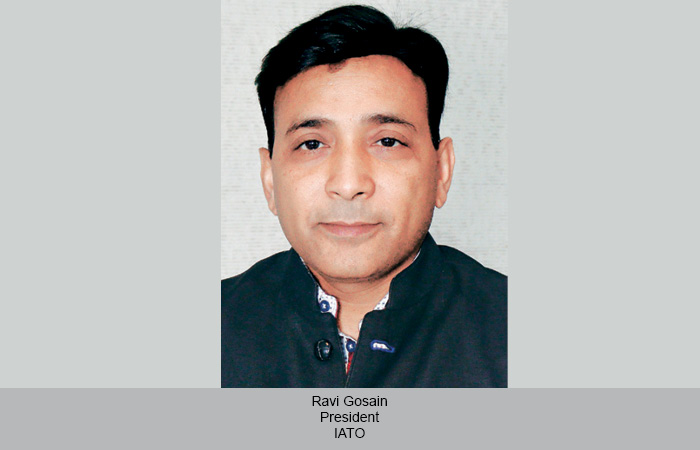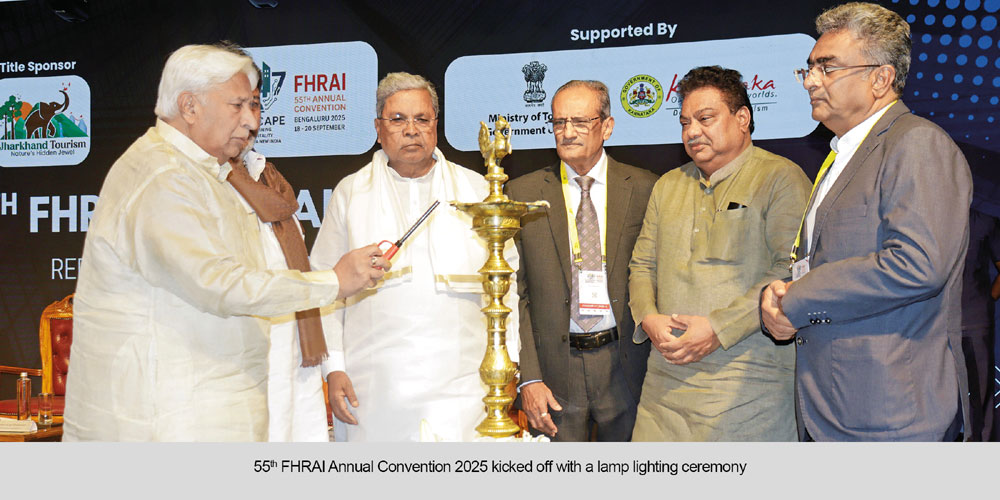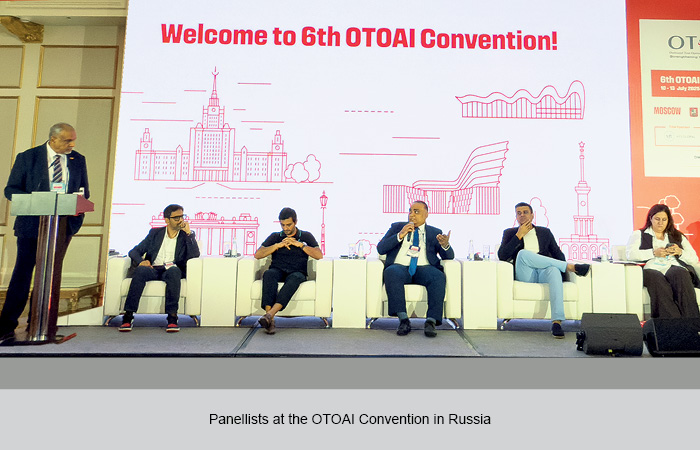By virtue of its location in India, the Northeast region has a different set of demands from the rest of the country. Arijit Purkayastha, Chapter Chairman (Northeast), Association of Domestic Tour Operators of India, lists down some of them, both for the short term as well as the long term.
Hazel Jain
The lockdown has hit the tourism industry in the Northeast region of India extremely hard. It suffered greatly in December 2019 and January 2020 due to CAA (Citizenship Amendment Act) protests, followed by unrest in Meghalaya, and then COVID-19. “These back-to-back setbacks have jolted our tourism and hospitality industries in the Northeast. We have been continuously discussing with the Department of Tourism, Government of Assam, regarding our survival and revival plans as well as our demands,” says Arijit Purkayastha.
Non-monetary demands
Purkayastha says that his team has made demands for the short term as well as for the long term. “For the short term, we ask the government to provide collateral-free loans for longer duration. The repayment terms should be eight to 10 years. The EMI of loans already secured by operators must be deferred up to March 2021. We also want them to defer collection of any fee for any upcoming trade licence for renewals for at least one year,” he says.
The wish list for the long term however is non-monetary in nature and specific to the region due to its geographical location in the country.
“We demand extending the Leave Travel Concession (LTC). As per the Seventh Pay Commission, a Central Government official can avail LTC to travel in Northeast India, Andaman, and Jammu & Kashmir by travelling in any private airline, unlike other destinations in India where they have to travel by Air India only. As of now, LTC is valid till September 2020. If extended further, at least two more years, we can look forward to a sizeable number of visitors and revenues to the Northeastern states,” Purkayastha adds.
Capping fares under UDAN-RCS
The Chapter Chairman adds that the UDAN-RCS (Ude Desh Ka Aam Nagrik) can facilitate and stimulate the region’s revival by making airfares affordable. “The state government should also consider extending additional incentives like underwriting passenger seats to increase the airlines’ undertaking operations under this scheme or through Viability Gap Funding (VGF) support. We have some conditions in this scheme that need to be looked into for Assam and the Northeast region. The fare for one-hour journey of approx. 500 km or for a 30-minute journey on a helicopter is capped at `2,500 with proportionate pricing for routes of different states and flight duration. Since our destinations are remote from mainland India – 500 km or one-hour capping should be waived off so that the scheme is available from all destinations in India to the Northeast, thereby making our region competitive and affordable when travelling by air. Also, under the scheme, the airline operator should not impose any landing and parking charges. This is very important,” he says, adding that the state government should also lower the VAT on ATF besides providing security and other services free of cost.
 TravTalk India Online Magazine
TravTalk India Online Magazine




